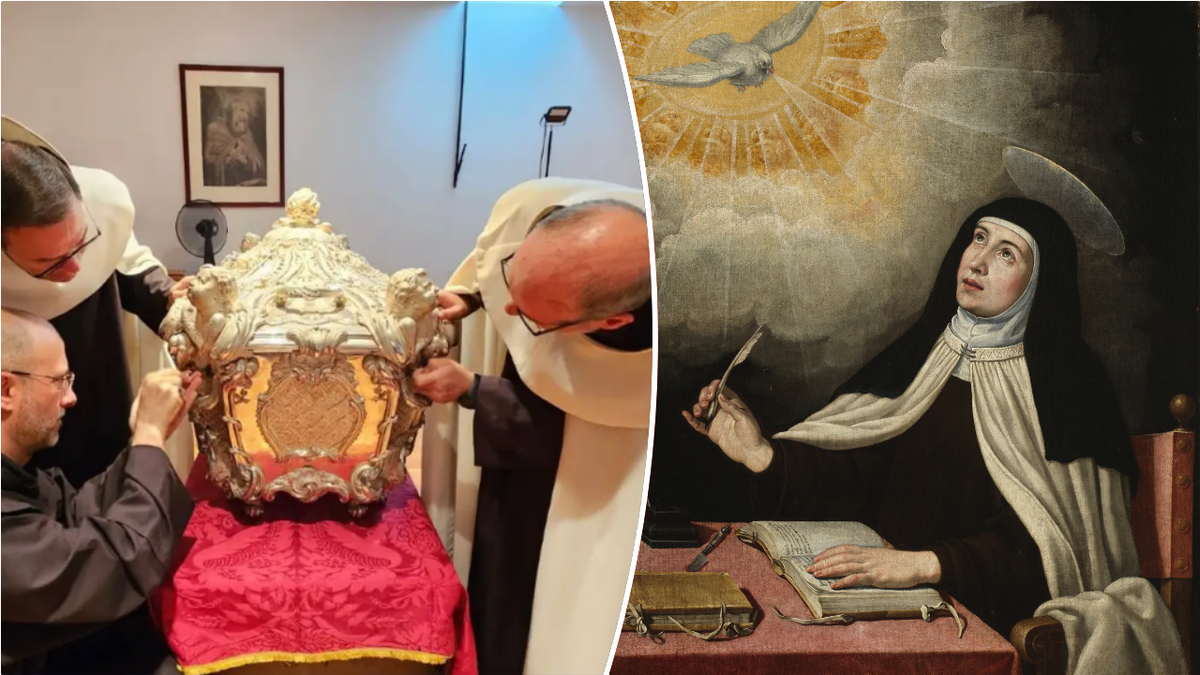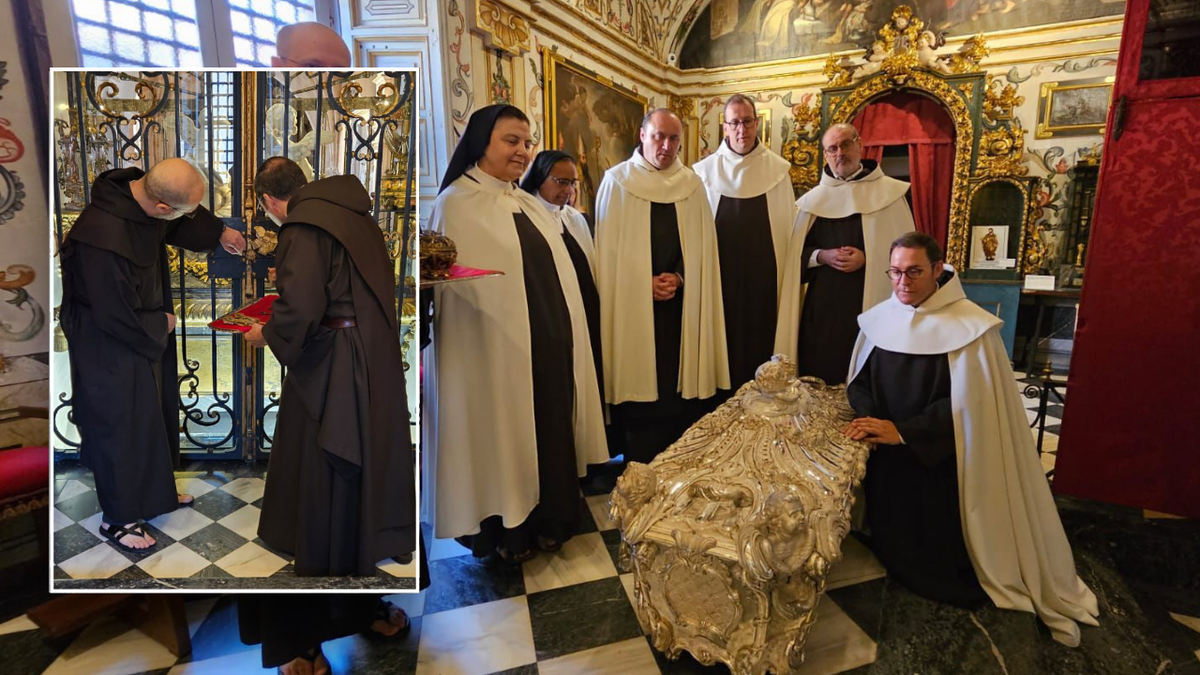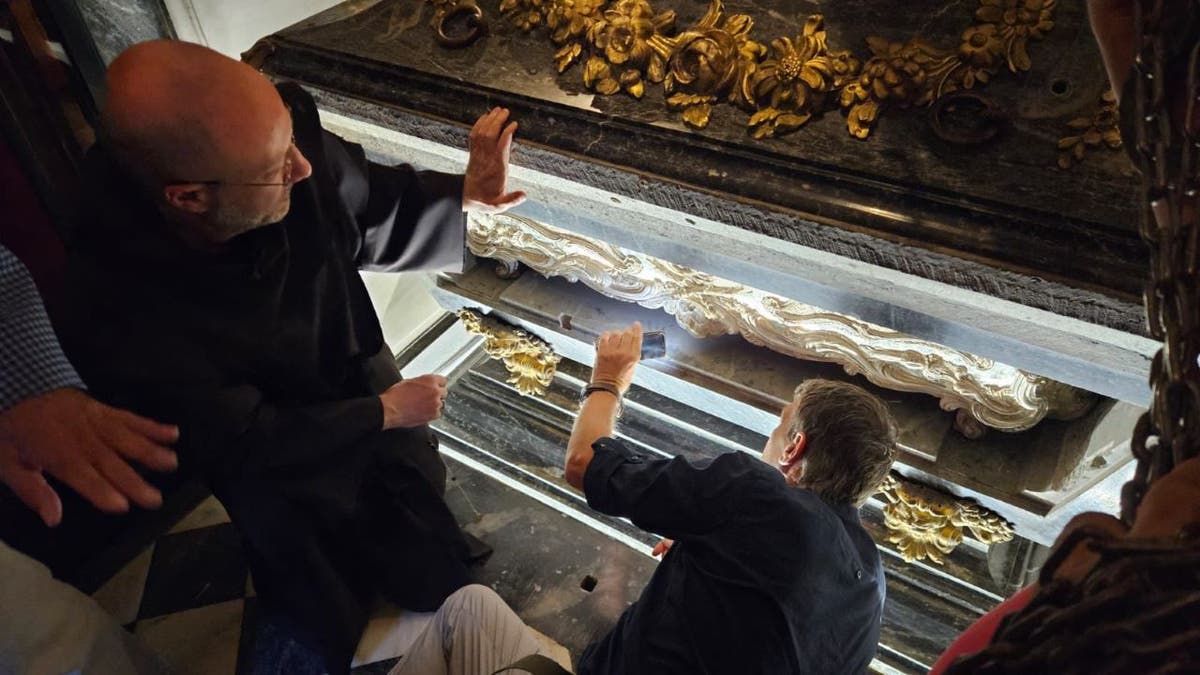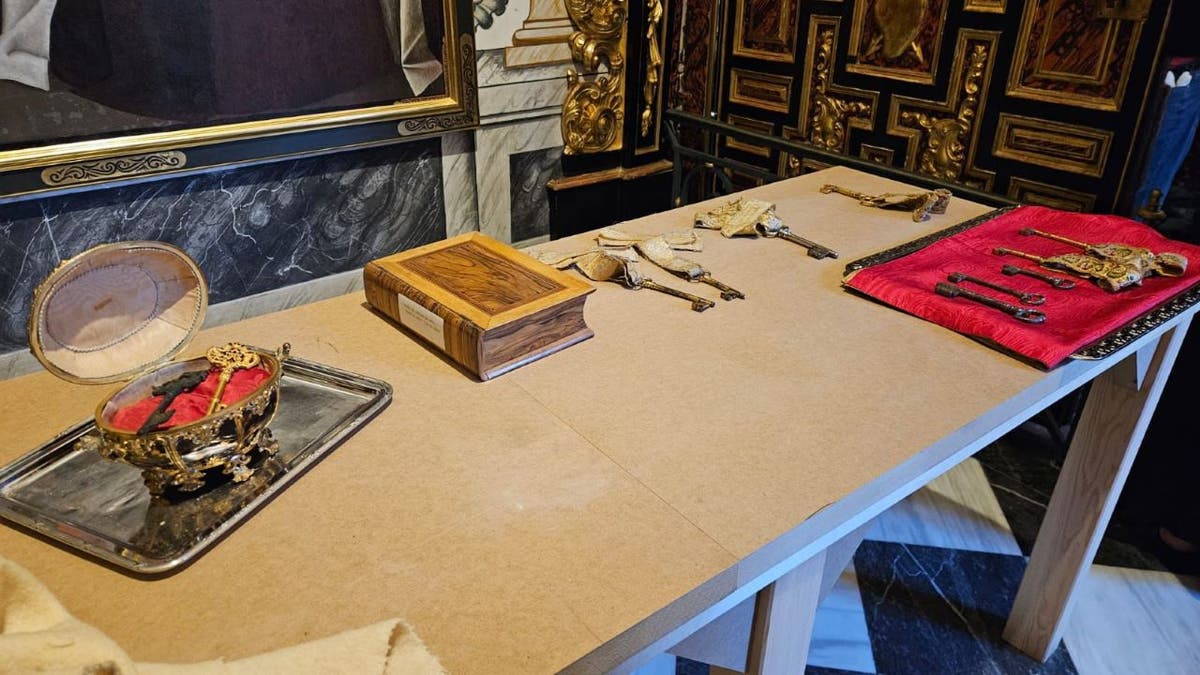The experts reveal the results of the “perfectly preserved” corpse of St. Teresa di Avila

The researchers are starting to release details on a 16th century Holy Catholic whose body was miraculously found “incorrotto” last year.
Santa Teresa of Jesus, also known as St. Teresa of Avila, It was a nun of Carmelita discalcata who died in 1582. In September, the diocese of Avila announced that the officials had opened his tomb to Alba de Tormes, in Spain, for the first time in 110 years and the results were extraordinary.
“The discovered parts, which are the face and the foot, are the same as 1914,” said Father Marco Chiesa at that moment. “There is no color, there is no skin color, because the skin is mummified, but it is seen, especially in the middle of the face.
“(IT) looks good,” he added. “Expert doctors see Teresa’s face almost clearly.”
The plumber stumbles through an accumulation of ancient coins on the pitch: “Once in life

The researchers are sharing details on the condition of St. Teresa of Avila’s Corpsse. (The Order of Carmel in the diocese of Avila, Spain; Getty Images)
According to the Spanish newspaper Salamanca RTV al Día, Carmeliti discalcati He received a 53 -page preliminary analysis of the saint’s condition on March 15th. The report describes in detail the state of the relics, which includes his body, left arm and heart to Alba de Tormes.
The professor of Italian anthropology Luigi Capasso described the remains of St. Teresa as “perfectly preserved”.
“The right foot, the left hand, the heart and the left arm are perfectly preserved, with intact skin, subcutaneous fabrics and muscles in position and no sign of degradation,” said Capasso to the outlet.
Archaeologists discover “gruesome” puppets in an odd position: “This thing is almost moved”

The tomb of St. Teresa of Avila was opened in 2024 and the Carmelites found its corpse in “incorruptcy” conditions. (Order of Carmelo in the diocese of Avila, Spain)
The corpse of St. Teresa also maintains preserved threads of brown hair, as well as a right eyelid and a dark iris, according to the Spanish outlet. Surprisingly, some of its nasal fabrics were still intact.
“This conservation, more than 400 years after his death, conveys a serenity that reflects as he faced his departure,” said Capasso.
For other lifestyle articles, visit FoxNews.com/lifestyle.
The saint’s forehead also maintains the imprint of the 16th century Carmelita headdress.

Santa Teresa of Avila died in 1582 and had medical problems before his death. (Order of Carmelo in the diocese of Avila, Spain)
The researchers make the considerable condition of St. Teresa for the dry atmosphere of his tomb because an excessive humidity generally accelerates the decomposition process. Capasso said that his team took particular care to “block any future, mechanical or biological degradation”.
Click here to subscribe to our lifestyle newsletter
“It’s a truly unique natural phenomenon,” said the professor.
The most recent observations come after the Carmelites released their initial discoveries last year. After St. Teresa’s tomb was opened last summer, experts said they had been able to determine his health conditions before dying.

The opening of the Tomb of Santa Teresa di Avila was made carefully, according to the order of Carmelite. (Order of Carmelo in the diocese of Avila, Spain)
“We know that the last few years have been difficult to walk, in the pains that she herself describes,” Church said at that moment. “Sometimes, looking at a body, find out more than the person had (spoken).
Click here to get the Fox News App
“Analyzing (its relic of the foot located in Rome), we saw the presence of limestone thorns that make the walk almost impossible,” added the priest. “But he walked (up to) Alba de Tormes and then he died, but his desire was to continue and go on despite the physical defects.”




